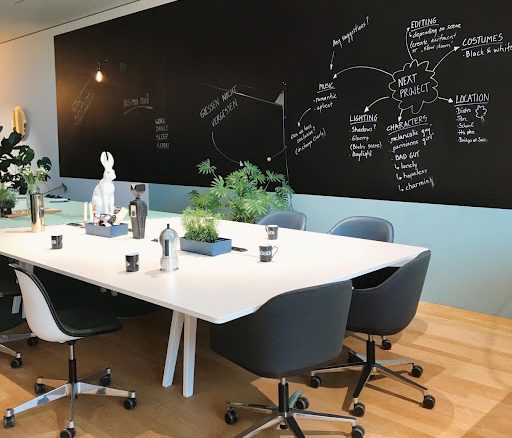
From meeting rooms and conference rooms, the way we work is ever-changing. As companies return to normal operations, employees slowly return to traditional office setup. Companies are now utilising advanced and more comprehensive audio-visual solutions to enhance productivity at the workplace.
Meeting rooms are now equipped with technologies that facilitate a seamless connection between multiple parties. Besides building deeper relationships, an integrated audio-visual system guarantees money savings in the long run. However, there are a few pieces of technology that you must consider installing in your meeting or conference rooms to optimise your collaborative efforts and efficiency.
Displays
The display is one of the first things people notice when walking into a conference room. It is one of the primary collaboration tools for work-related activities. A modern display allows you to see clients and colleagues in various locations, view work presentations, and share presentations from laptops, tablets, and mobile phones.
A single display is adequate for small meeting rooms. Dual displays are also popular for companies that regularly utilise video calls for client meetings. There are also tri-displays with screen sharing and video conferencing capabilities.
Audio soundbar
Between audio and video conferencing, the former is the preferred option by many companies. Therefore, a soundbar is the next essential equipment in a conference room audio-visual system. A soundbar is an excellent alternative to rear speakers built into standard displays. It is beneficial for audio conferencing, video conference, or both. A strategically positioned soundbar takes the spotlight in meeting rooms as they enhance video conferences.
A fully integrated soundbar allows easy meeting scheduling among colleagues and clients. For limited meeting spaces, it is recommended to mount them on walls using commercial-grade mounting systems. Click here to check out the different wall mounts for conference room soundbars.
Microphones
Microphones are an essential addition to a conference room’s audio-visual system. Experts can recommend the correct type of microphones depending on your existing audio-visual setup. Your choice of microphones will have a lasting impact on your overall video and audio-conferencing experience.
Camera
If your conference room is designed for video calls, you will require the addition of a camera system. Again, you can choose from a simple or more sophisticated camera system suitable for larger meeting spaces.
Depending on your meeting room’s layout and furniture configuration, you may opt for a camera with 180-degree viewing angle functionality. For example, the tables and chairs are usually pushed close to the display and camera if you are looking for a camera for a small huddle room. Using a simple camera, those closest to the display will be left out of the field of view. To resolve this issue, you can select a pan-tilt-zoom camera that can capture a more expansive space. It is also best to consider the type of camera recommended by your preferred video conferencing platform.
Bottom line
You must consult an audio-visual expert when shopping for audio-visual equipment for your conference room. Choosing the correct display, audio system, microphone, and camera will ensure the best possible audio and video-conferencing experience for yourself, your colleagues, and your clients.

